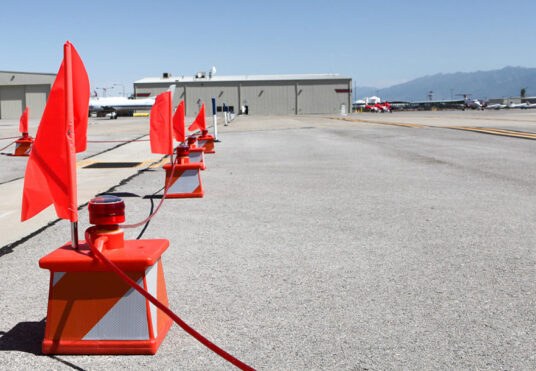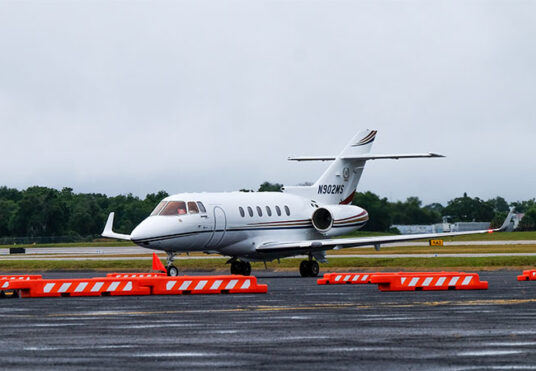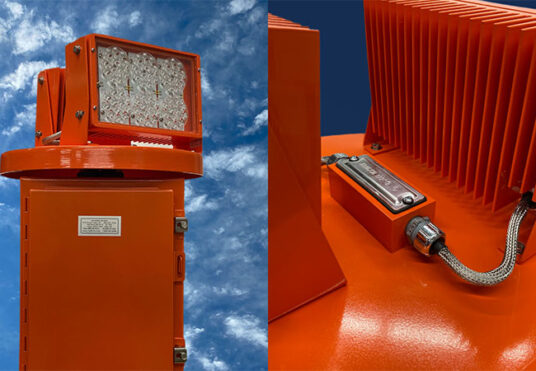Safety Risk Assessments, Part 2: Airports
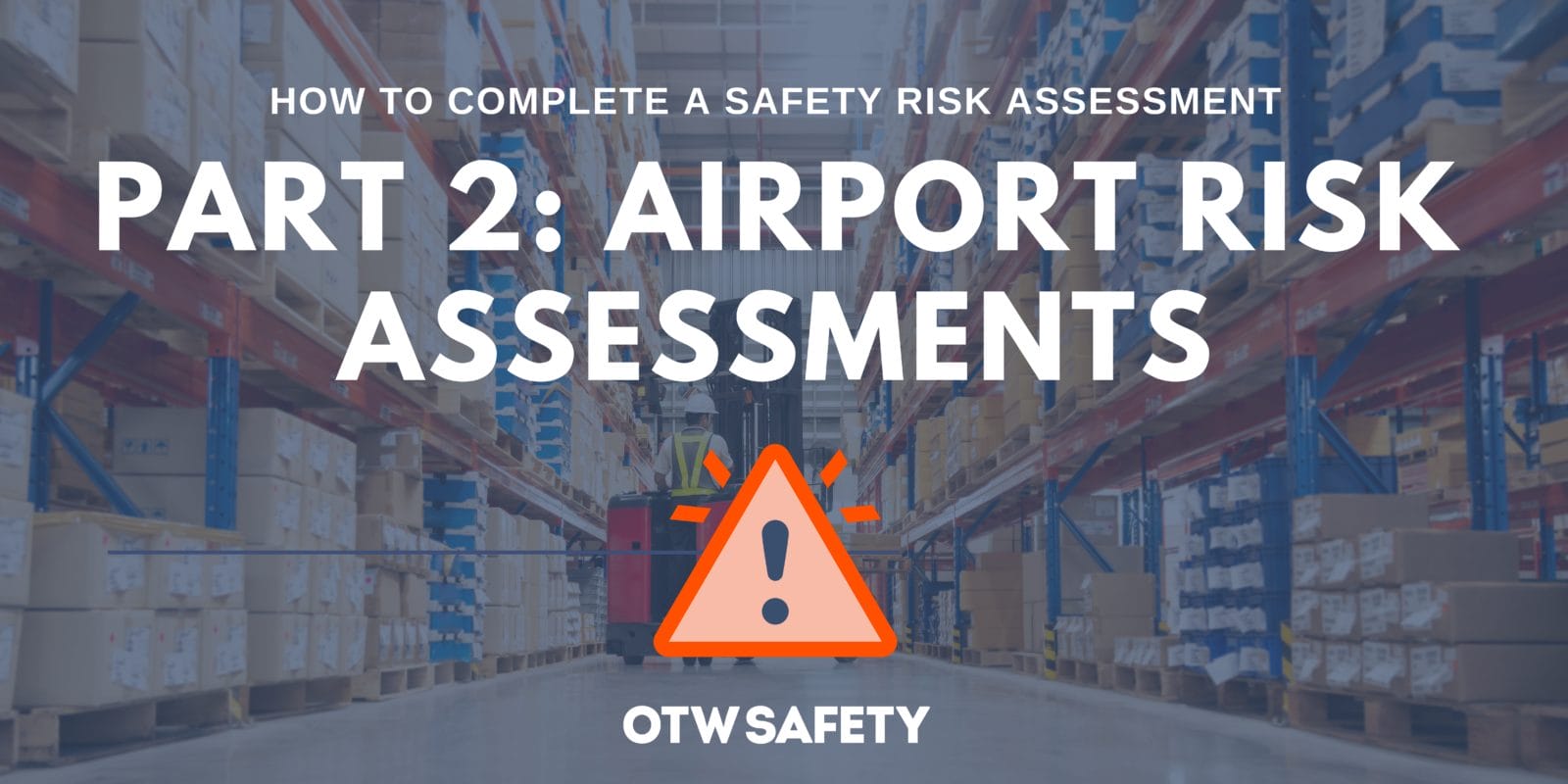
Follow along with our blog for our series on completing safety risk assessments in various settings.
In this series, we will discuss airport workplace risk assessments and how to complete them. Continue to follow along for things to consider when assessing concert venues and more! If you missed part 1 or want to reference our general assessment guide, find it here!
The basics: let’s refresh!
In part one, we discussed safety risk assessments on a fundamental level:
“a risk safety assessment gauges and appraises risks in any given workplace and lays out a plan to remedy them. A safety risk assessment should be a regularly scheduled occurrence, within industries that require them, as a crucial part of a comprehensive health and safety policy.”
We also walked through the basic steps of completing a safety risk assessment, which consists of identifying your hazards, identifying who is at risk, identifying how the issue(s) can be addressed, revisiting and reviewing changes, and documenting the entire assessment properly.
Get geared up for airport safety
Safety risk assessments are incredibly important in many sectors and the aviation industry is no exception.
Those running the airfield and piloting aircraft have immense responsibility when it comes to safety. One aspect many may not consider, however, is the construction and renovation side of the industry.
Airports are often under construction due to increases in airport traffic, aesthetic renovations, and the need to comply with updated safety requirements. Both construction and airfield workers need to have proper training and awareness to alleviate potential accidents when a runway, tower, or portion of the airport itself is under construction.
How to complete an airport safety risk assessment
As we’ve covered the basics, let’s look at things to consider when assessing an airport construction site.
Identify your hazards.
Potential hazards will look different at an airport construction site than at many standard sites. You will have to consider not only the specific area being worked on, but any related or adjacent areas as well. If an operations tower is being renovated, that has the potential to pose risks associated with an elevated construction site, such as foreign object debris and fall risk. Similar could be said of runways under construction and any buildings adjacent to the taxiway and airfield, especially with heavy equipment that normally might not be present.
Ambiguity, confusion, and miscommunication are often prevalent when construction is taking place on the airfield, increasing the potential for accidents and fatalities, so every hazard must be carefully considered when completing a safety risk assessment at an airport construction site. Delayed airport diagrams and charts, incorrect or ineffective visual cues, and the Airport Terminal Information System (ATIS) have all contributed to safety events (accidents) in the past and must also be noted.
Identify who is at risk.
As construction adds significant risk to air operations, this must be considered when completing a safety risk assessment at an airport. Nearby buildings and runways may be at risk and may create the potential for necessary closures, restrictions, and procedural changes. Pilots will likely be affected, as well as those who work on the field and in air control towers. If the airport itself is being renovated, guests of the airport, employees, and construction workers there must also be considered.
Identify how the issue(s) can be addressed.
The need for collaboration between airline and construction workers is imperative to keep safety at the highest level.
For many construction sites at airports, one of the first things that can be addressed is the sectioning or fencing off the site itself, whether indoors or out. Separating the site from continued operations, as well as monitoring the entrances, is one of the best ways to begin to reduce hazards. That said, it is not the end of issues that need to be covered. NOTAMs (Notice for Airmen) must be dispatched, and runways often need monitoring for debris from adjacent construction sites. While NOTAMs are important, there are often many in place at any one airport at once, making it difficult for pilots, dispatchers, and air traffic controllers to stay up to date with current operation statuses. This is something that the Airport Construction Advisory Council (ACAC) continues to work towards solutions in – ones that will alleviate the burden placed on airport employees when construction is present, as well as guide operations when construction is being planned (i.e. notifying the ACAC that construction is going to take place).
Other considerations might be training for airfield workers to detect abnormalities on runways, regular inspection for debris, and an abundance of ready-to-deploy barricades and markers to mark closures (our Lighted X is great for closed runways!) and restricted areas.
The need for collaboration between airline and construction workers is imperative to keep safety at the highest level.
OTW Safety
Don’t forget to record results accurately for correct record-keeping.
The best safety risk assessment is a thorough and well-documented one. Keep in mind that referencing past assessments can help conduct one that is up-to-date, and keeping complete records helps future assessors know what has been implemented and tested in the past.
Check back in with the completed assessment for accountability and to see how changes have affected the construction site and operations.
As we noted in our general assessment guide, follow-through is as important as achieving a complete and accurate safety risk assessment! If no action takes place to remedy found issues, your risk assessment might not be as valuable as it should be – workers and managers should be notified of their responsibilities in executing any changes and given a date by which they should be completed. When this date arrives, you can then revisit your assessment, review the changes that have been implemented (and determine if they are sufficient), and take note of what still needs to be done. In an active airport setting, this is exponentially important!
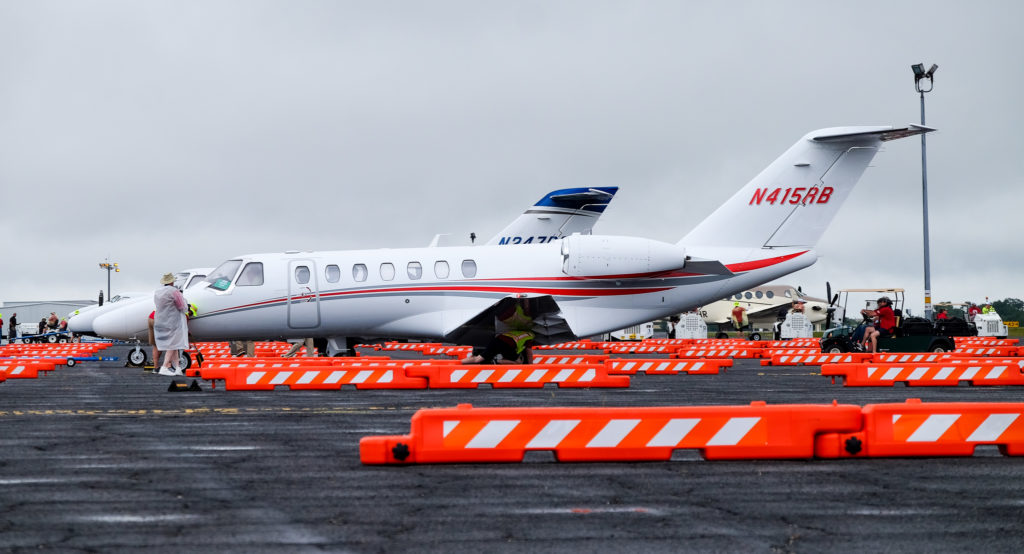
Know your industry, know your risks… and keep safety a priority.
Every industry worker knows (or discovers) the potential pitfalls of daily life on the job, but it takes intention to begin to alleviate and prevent the hazards that take place. Conducting a safety risk assessment at any airport construction site is one of the best ways to ensure that all things are considered when development takes place; it ensures that employees’, workers’, guests’, and visitors’ safety is a priority every day.
